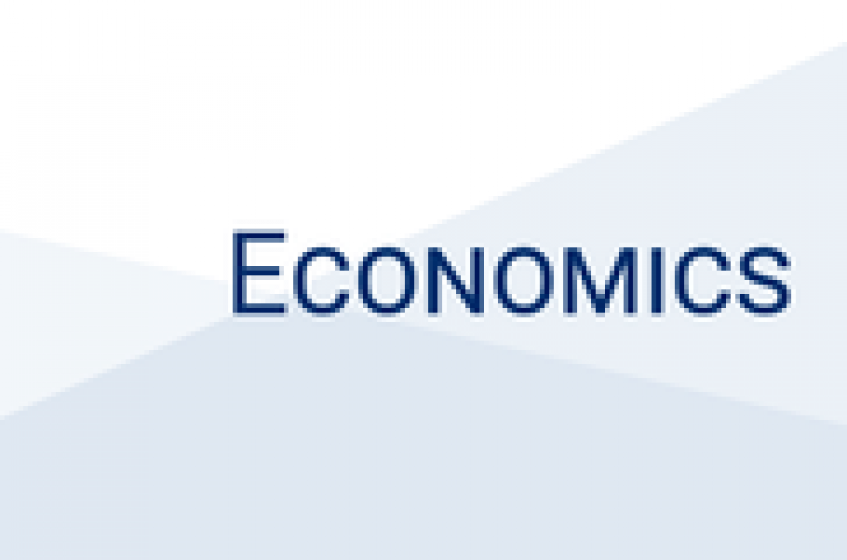
“Labor Market Frictions, Capital, and Tax Competition” by Professor Kangoh Lee
Kangoh Lee
San Diego State University
Policymakers and the media have mentioned jobs as a key reason for competing for mobile capital by providing business incentives such as tax cuts. Much of the tax competition literature, however, has focused on capital and has largely ignored labor or jobs. This paper studies the role of capital in labor markets in a tax competition model with labor market frictions. Firms invest in capital to create vacancies and hire workers. Due to frictions, workers may not be employed, and firms may not fill vacancies. Attraction of capital to a jurisdiction enables more firms to create vacancies in the jurisdiction, but induces a firm to invest more to hire a worker. Attraction of capital thus may increase or decrease the employment rate, depending on the shapes of the production function and the matching function. Under reasonable conditions, an increase in capital increases the employment rate and the wage. Simulation results show that the elasticity of the employment rate with respect to capital ranges from 0.36 to 0.41. Unemployment insurance benefits are funded by the payroll tax imposed on employed workers, and firms' decisions to invest in capital and the returns to capital depend on the payroll tax and on the capital tax as well. Jurisdictions tend to tax capital and labor at a lower or a higher rate than the efficient level.







